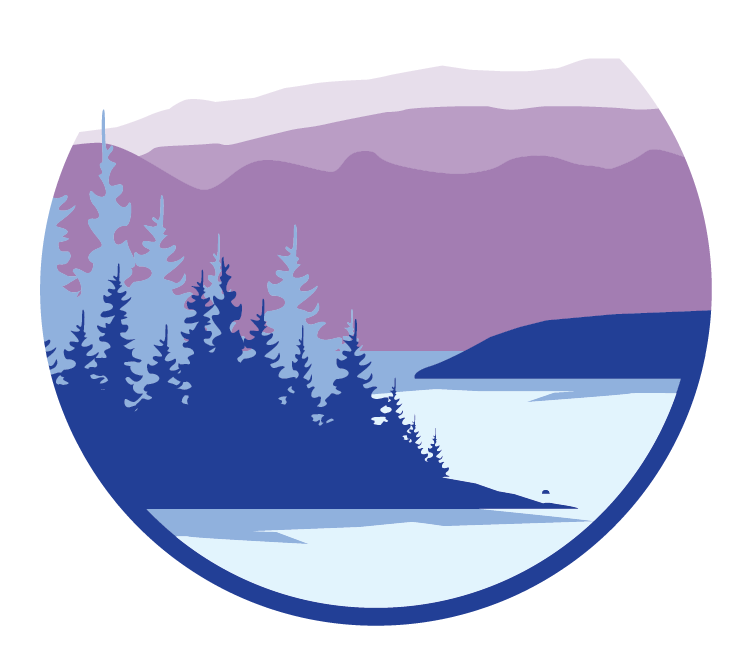Smart Solutions for a Serious Threat: Preventing AIS with Better Data
Stopping Aquatic Invasive Species Before They Spread: A New Prevention Strategy
Montana’s waters are some of the most pristine in the nation—but they’re not immune to the growing threat of aquatic invasive species (AIS). In particular, quagga mussels and zebra mussels are causing widespread concern across the West. These tiny but destructive invaders clog pipes, damage infrastructure, overwhelm ecosystems, and are nearly impossible to remove once they take hold. Eurasian watermilfoil, another AIS of concern, forms dense underwater mats that limit access for swimming, boating, and fishing.
So far, Flathead Lake remains free of invasive mussels, but the threat is real and growing. Nearby detections—including within the Columbia River Basin—have made it clear: protecting our waters takes proactive, strategic action.
That’s where our latest initiative comes in.
A New Approach to AIS Prevention
With the help of a $42,750 grant from the Montana Department of Natural Resources and Conservation (DNRC), the Flathead Lakers are launching a data-driven AIS prevention project focused on high-risk watercraft users. Our goal is to identify individuals who regularly visit Montana from areas where invasive species are already established—people who are unintentionally most likely to bring AIS with them.
Using visitor data from Montana Fish, Wildlife & Parks (FWP), including campsite reservations and AIS Prevention Pass purchases, we’ll identify patterns among returning boaters, paddlers, and other recreationists. We’ll analyze where they’re coming from, how often they visit, and whether they’re coming from known AIS-infested regions.
This information will allow us to focus our education and outreach efforts where they can have the greatest impact.
Turning Data into Action
Once we’ve identified these high-risk users, we’ll reach out directly through a mix of email, phone calls, mailings, and social media. We’ll encourage them to follow Montana’s “Clean, Drain, Dry” guidelines and to get their watercraft inspected before launching. To help reinforce these messages, we’ll offer incentives like free Flathead Lakers memberships and merchandise to those who provide proof of inspection.
All findings from this project will be shared with FWP’s AIS team, strengthening Montana’s broader prevention and detection efforts. By focusing on prevention—before AIS ever reach our waters—we’re protecting the health of Flathead Lake and Montana’s aquatic ecosystems for future generations.
Why It Matters
Once introduced, aquatic invasive species like quagga and zebra mussels can’t be eradicated. They damage native habitats, foul equipment, drive up maintenance costs, and degrade the recreation experience that so many Montanans and visitors cherish. Read the study on the economic value of Flathead Lake and the potential impacts of a mussel infestation: The Economic Value of Flathead Lake.
This new project is one part of a larger effort to stop AIS at the source, and we’re grateful to DNRC for supporting this work. Prevention is possible—and it’s up to all of us to make it happen.
You can help. Clean, Drain, and Dry every time. Get your boat inspected before launching. Together, we can keep Flathead Lake mussel-free.
Want to support our AIS prevention efforts? Join the Flathead Lakers today or learn more about how to protect Montana’s waters.

